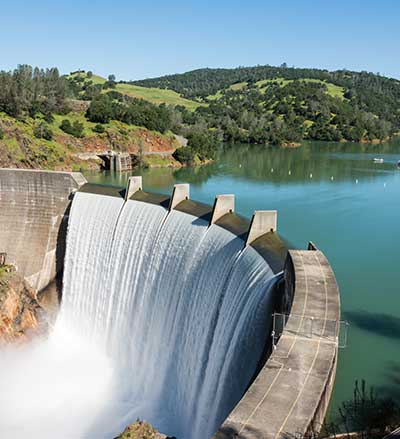Dams are built in all 50 states to store water. Dams are also built to control floods, generate hydroelectric power, irrigate, and provide recreation. The ASCE Report Card gives America’s dams a D, the same grade they received in 2017. ASCE estimates that $8.1 billion in new funding is needed each year for dams to get to a B.
President Biden and Republican Senators have now agreed that there is a need for new funding for water storage. President Biden called for $300 million in new federal funding per year, which is 4% of the ASCE estimated need and a 17% increase in federal funding. The Senate Republican plan and the Common Sense Coalition plan that President Biden now supports both include $1 billion in new funding, which is 12% of ASCE’s estimated need and a 56% increase in federal spending. The Problem Solvers Caucus proposes decreasing federal baseline spending by $100 million per year, a 3% reduction.








